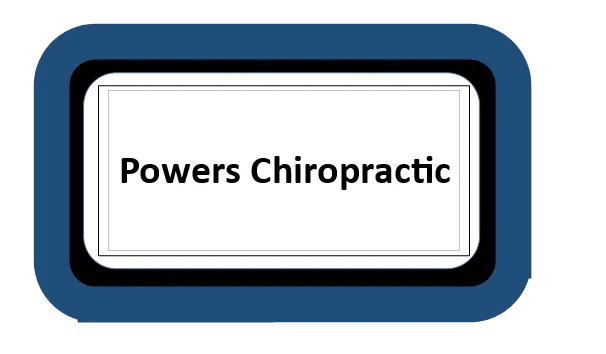Most of us have experienced a painful bout of low back pain brought on by a seemingly innocuous movement such as bending over to pick up a pencil or a dropped set of keys. These painful episodes may last a couple of days or be more severe and last more than a week. We're left wondering, "What exactly happened?" After all, we weren't trying to pick up a 100-pound crate. When our chiropractor asks what caused the problem we say, "I don't know. I didn't do anything." For the patient, the mystery often remains unsolved. But it's important to know there is an answer. The deep background to these unexpected, troublesome back problems is loss of viscoelasticity.
Viscoelasticity is a physical property of both materials and soft tissues. When these structures undergo deformation, they exhibit properties of viscosity and elasticity. Materials and soft tissues that demonstrate viscoelasticity resist shearing forces when a stress is applied (viscosity) and strain when stretched or compressed and quickly return to their initial state after removal of a transient load (elasticity). For viscoelastic structures, the relationship between strain and stress depends on the factor of time.
In terms of spinal biomechanics, viscoelastic structures include joint cartilage (for example, intervertebral discs), ligaments, and tendons.1 If a substantial load is placed on the low back when viscoelastic properties of intervertebral discs and spinal ligaments have not returned to optimum, injury to low back muscles and ligaments may result.2 For example, if you've been sitting for more than 15 minutes the soft tissue structures of your low back have been compressed for that length of time. Standing up and bending over to retrieve something causes your low back to attempt to support all the weight of your torso and head. If you haven't prepared your low back to receive this substantial burden, that is, restored viscoelasticity, you will likely suffer an injury that may be not only very painful but also inconvenient in terms of time and resources spent on recovery.
Injury prevention in these circumstances largely depends upon understanding.3 Being aware of the requirements for maintaining viscoelasticity will help you remember to "wake up" the soft tissues of your low back prior to any load-bearing activities such as bending over or twisting and turning. A simple way to restore viscoelasticity is to pause before suddenly changing a position you've been in for a while, such as getting out of a chair after working at your desk for 30 minutes, and gently rotating your torso from side to side eight or ten times. These rotational movements immediately restore viscoelastic properties to baseline and increase circulation to intervertebral discs, muscles, and ligaments. The result is a spine that is ready for action and prepared for the demands of new physical work. As always, proper preparation and attention help prevent injury.
1Troyer KL, Puttlitz CM: Nonlinear viscoelasticity plays an essential role in the functional behavior of spinal ligaments. J Biomech 45(4):684-691, 2012
2Freddolini M, et al: Stiffness properties of the trunk in people with low back pain. Hum Mov Sci 36:70-79, 2014
3Mörl F, Bradl I: Lumbar posture and muscular activity while sitting during office work. J Electromyogr Kinesiol 23(2):362-368, 2013
